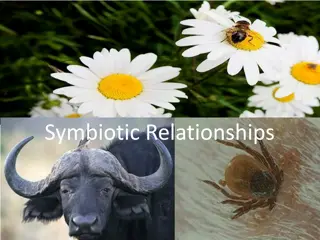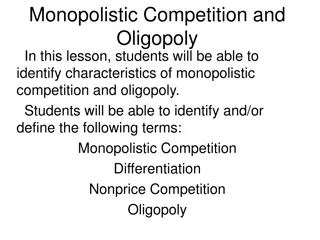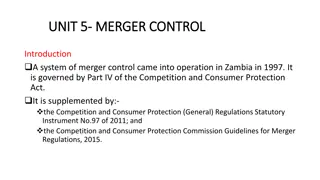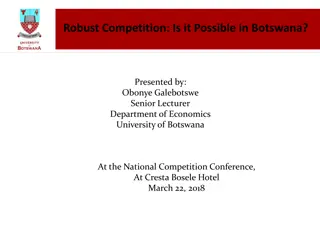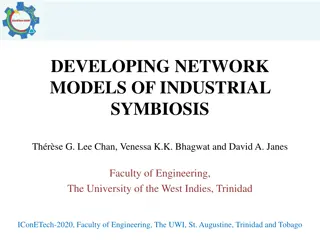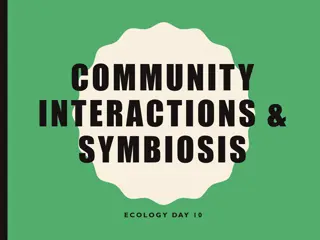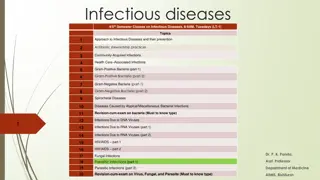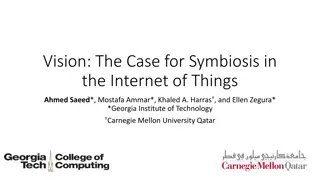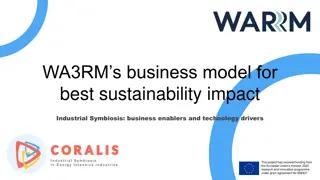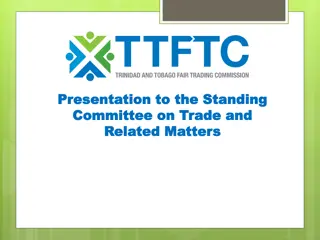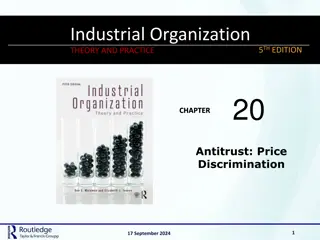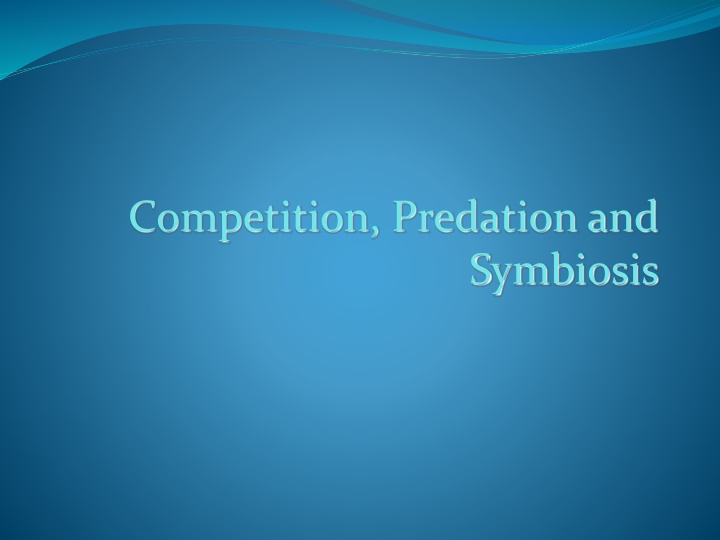
Interactions Among Organisms: Competition, Predation, and Symbiosis
Explore the concepts of competition, predation, and symbiosis in the natural world. Understand how organisms interact within ecosystems, from competition for limited resources to the predator-prey dynamic and symbiotic relationships that benefit different species. Discover the role of adaptations, food webs, and mutualistic interactions in shaping ecological communities.
Download Presentation

Please find below an Image/Link to download the presentation.
The content on the website is provided AS IS for your information and personal use only. It may not be sold, licensed, or shared on other websites without obtaining consent from the author. If you encounter any issues during the download, it is possible that the publisher has removed the file from their server.
You are allowed to download the files provided on this website for personal or commercial use, subject to the condition that they are used lawfully. All files are the property of their respective owners.
The content on the website is provided AS IS for your information and personal use only. It may not be sold, licensed, or shared on other websites without obtaining consent from the author.
E N D
Presentation Transcript
Competition, Predation and Symbiosis
Bellringer Name a biotic factor in a forest. Name two limiting factors for a population of lions. What is carrying capacity? A mouse eats acorns what is a mouse called in the food web? (Producer, Consumer, Decomposer)
Competition There are three major types of interactions among organisms: Competition What are three major types of interactions among organisms? 1. 2. Predation 3. Symbiosis
Competition Different species can share the same habitat and food requirements. Competition is the struggle between organisms to survive as they attempt to use the same limited resource. In any ecosystem, there is a limited amount of food, water and shelter. Organisms that survive have adaptations that enable them to reduce competition. What is competition? What do organisms have to do in order to reduce competition?
An adaptation is a change that helps an organism, such as a plant or animal, survive in its environment. Turn to page 60 in your textbook
Predation What is predation? Predation is an interaction in which one organism kills another for food. The organism that does the killing for food is the predator. The organisms that is killed for food is the prey. What is the relationship between predator and prey?
Bellringer What is the difference between a food chain and a food web? 1. 2. Name three adaption that prey use to protect themselves against predators. 3. Who are nature s recyclers?
Symbiosis Symbiosis is a close relationship between two species that benefits at least one of the species. There are three types of symbiotic relationships: Mutualism What is symbiosis? What are the three types of symbiotic relationships? 1. 2. Commensalism 3. Parasitism
Mutualism Mutualism A relationship in which both species benefit. Example: Mutualism? What is The relationship between the Saguaro Cactus and Long Eared Bats. Cactus flowers provide bats with food The cactus benefits because the bats carry pollen from cactus to cactus on their noses.
A relationship in which both organisms benefit. They help each other. Mutualism Ex. A relationship between a butterfly and a flower Clownfish and Sea Anemone Butterfly and Flower
Commensalism Commensalism Is a relationship in which one species benefits and the other species is neither helped nor harmed. Example The red-tailed hawks interaction with the saguaro cactus . What is commensalism? The hawks benefit by having a place to build their nests. The cactus is not affected by the hawks.
The Remora fish attaches to the shark and gets a free ride. Commensalis m Birds build nests in trees.
Commensalism Commensalism is not very common in nature because species are usually either helped or harmed a little by any interaction.
Parasitism Parasitism a relationship when one organism is helped and the other is harmed. The organism that benefits is called a parasite. The organism that the parasite lives on or in is known as the host. What is parasitism? What does a parasitic relationship consist of?
Wasp eggs on back of caterpillar. Parasitism Sea lampreys feed on fluids of other fish. Mosquito biting a human.
Parasitism Common parasites are fleas, ticks and leeches. These parasites have adaptation that enable them to attach to their host and feed on their blood. Other parasites live inside the host s body such as tapeworms, that live inside the digestive systems of dogs, wolves, and some other mammals.
Parasitism Unlike predators, a parasite does not usually kill the organism it feeds on.



